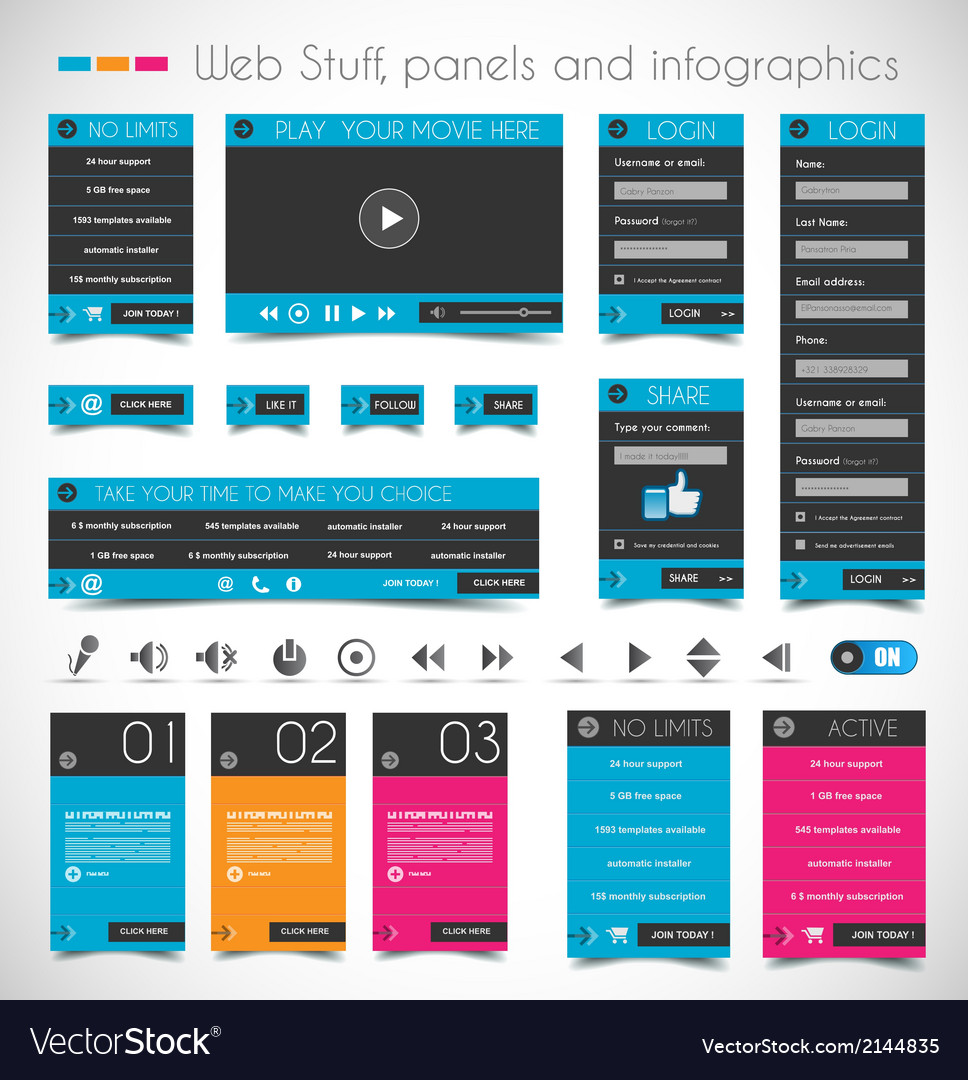Web Site Layout Basics: Tips For Building A User-Friendly Site
Web Site Layout Basics: Tips For Building A User-Friendly Site
Blog Article
you can check here -Hovmand Thrane
When it pertains to website style, ensuring user-friendliness is crucial. From responsive style to structured navigating, every component plays a vital duty in creating a website that caters to your audience's needs. Yet what about the finer details that can make or damage a customer's searching experience? Keep tuned as visit the following website uncover some often-overlooked pointers that can boost your internet site's use to the next level, making it genuinely stick out in the digital landscape.
Importance of Responsive Design
Receptive design is a crucial facet of modern-day internet site development. Guaranteeing your internet site is responsive means that it can adapt to different display sizes and devices, providing a smooth experience for customers.
With the boosting use of smart devices and tablets to access the web, having a receptive layout is important for getting to a wider target market. It aids in enhancing individual experience by making your internet site easy to browse and keep reading any kind of tool.
Additionally, receptive layout can positively affect your online search engine positions, as online search engine like Google prioritize mobile-friendly web sites. By having a receptive design, you're also future-proofing your web site, as new devices with varying screen dimensions continue to emerge.
Simplify Navigation Structure
To enhance customer experience and facilitate easy accessibility to details on your website, streamlining the navigation structure is paramount. When making your website, focus on creating a clear and intuitive navigating food selection that aids visitors find what they're trying to find rapidly.
Restriction the number of menu products to the essentials, organizing associated pages together to stay clear of frustrating individuals. Usage detailed tags that plainly indicate the web content of each page, making it less complicated for individuals to comprehend where each web link will take them.
Think about carrying out dropdown food selections for subcategories to avoid littering the primary navigation bar. Additionally, consist of a search bar prominently on the web page for users that like searching for details information.
Prioritize mobile responsiveness in your navigating style to ensure easy access on all tools.
Enhance Web Page Lots Speed
Improving page tons rate is crucial for retaining site visitors on your web site. Slow-loading pages irritate users and can result in high bounce prices. To optimize page lots rate, start by enhancing images. Compress photos without compromising high quality to reduce their documents dimensions.
Furthermore, enable browser caching to keep frequently accessed resources locally, speeding up lots times for returning visitors. Minify CSS, JavaScript, and HTML documents by removing unneeded personalities, comments, and format, improving load speed.
Consider utilizing a content delivery network (CDN) to distribute your internet site's web content across multiple servers worldwide, lowering latency for individuals accessing your site from various locations. Last but not least, restrict making use of third-party manuscripts and plugins, as they can substantially influence tons times.
Final thought
In conclusion, by integrating receptive design, simplifying navigating, and optimizing page tons rate, you can create an easy to use web site that appeals to a wider target market and boosts individual experience. These essential elements ensure that site visitors can conveniently gain access to and navigate your site throughout various tools, resulting in boosted involvement and satisfaction. By concentrating on these vital facets, you can develop an effective web site that keeps users returning for even more.
